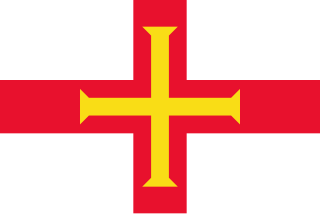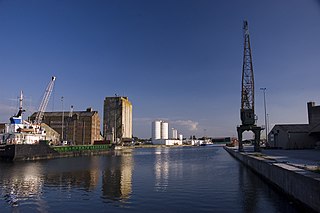| History | |
|---|---|
| Name: | 1891-1925: TSS Ibex |
| Operator: | 1891-1925: Great Western Railway |
| Port of registry: | |
| Builder: | Cammell Laird, Birkenhead |
| Yard number: | 584 |
| Launched: | 6 June 1891 |
| Out of service: | 14 April 1925 |
| Fate: | Scrapped |
| General characteristics | |
| Tonnage: | 1,150 gross register tons (GRT) |
| Length: | 265 feet (81 m) |
| Beam: | 32.5 feet (9.9 m) |
| Draught: | 14.15 feet (4.31 m) |
| Installed power: | 282 hp |
| Speed: | 19 kts |
TSS Ibex was a passenger vessel built for the Great Western Railway in 1891. [1]

The Great Western Railway (GWR) was a British railway company that linked London with the south-west and west of England, the West Midlands, and most of Wales. It was founded in 1833, received its enabling Act of Parliament on 31 August 1835 and ran its first trains in 1838. It was engineered by Isambard Kingdom Brunel, who chose a broad gauge of 7 ft —later slightly widened to 7 ft 1⁄4 in —but, from 1854, a series of amalgamations saw it also operate 4 ft 8 1⁄2 in standard-gauge trains; the last broad-gauge services were operated in 1892. The GWR was the only company to keep its identity through the Railways Act 1921, which amalgamated it with the remaining independent railways within its territory, and it was finally merged at the end of 1947 when it was nationalised and became the Western Region of British Railways.







